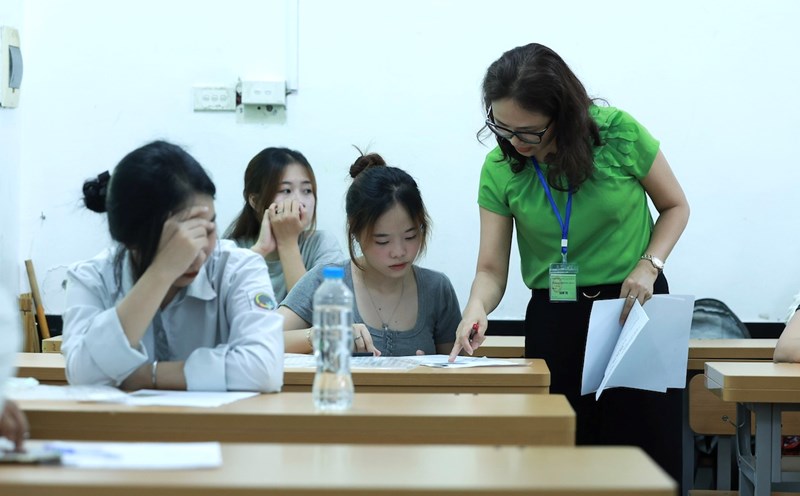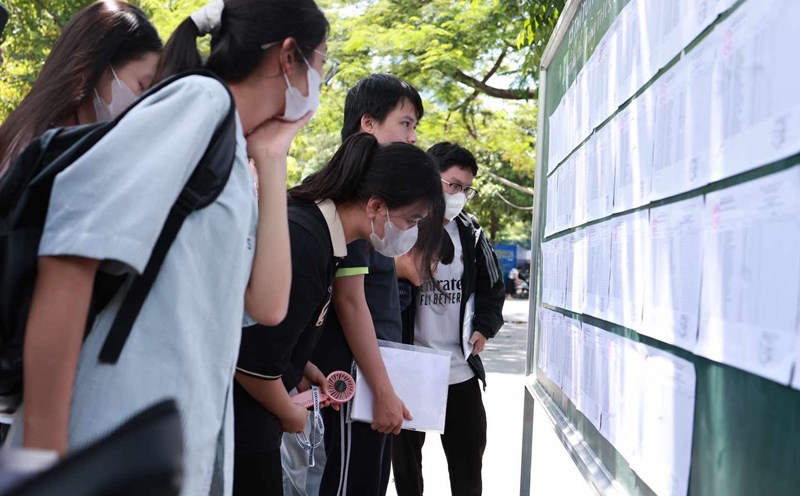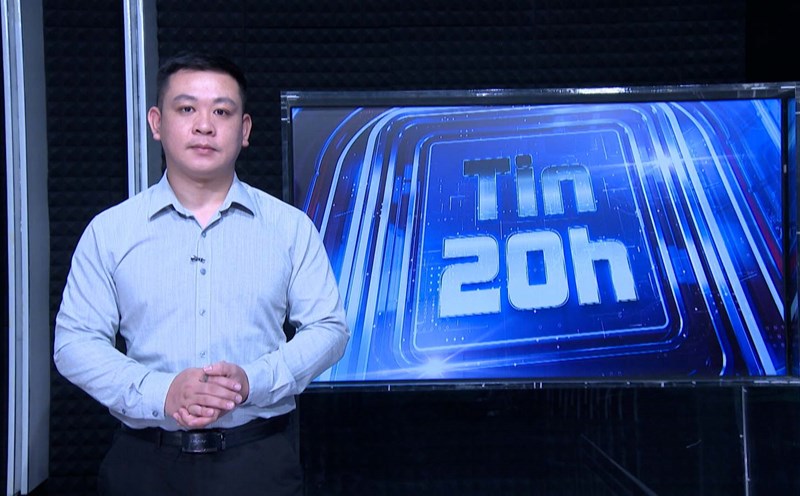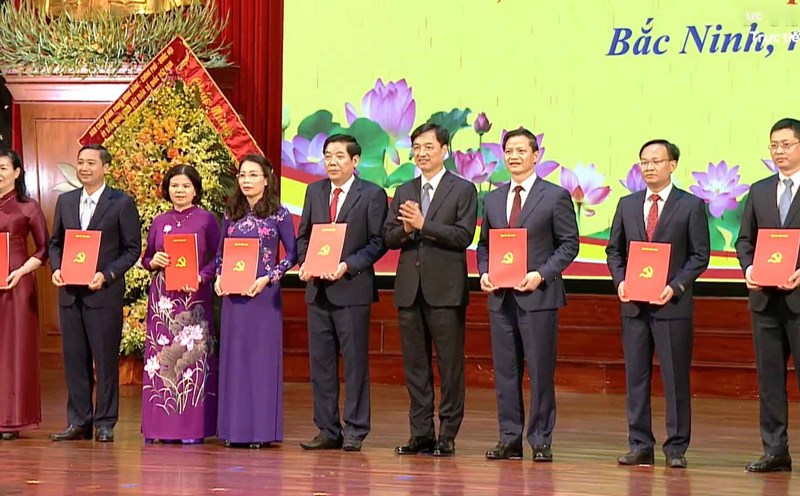Math is mainly in grade 11 and 12 knowledge
The problem is divided into 3 parts, the number of easy and difficult questions is divided equally among the topics. The type of questions in the exam focuses on practical problems to classify each student group. The exam is designed with increasing difficulty, with advanced questions to classify mainly in part II and part III. With these questions is a series of knowledge that requires students to know how to reason, speculate and calculate quickly to do it.
Part I consists of 12 questions, each question has 4 options, students only choose one answer for each question and get 0.25 points. In terms of knowledge, the content of grade 12 has 7 questions and grade 11 has 5 questions. In my opinion, this part is familiar and has been practiced for a long time, so it is very smooth. In this section, students are assured of not being paralyzed, but weak students will have difficulty with questions related to grade 11 knowledge.
Part II consists of 4 questions, each question has 4 ideas a, b, c and d. This is a type of multiple-choice question that talks about right and wrong. The score is calculated according to each idea and if 1 sentence is complete, you will get 1 point. This is a good point of this year's exam.
Regarding the scope of knowledge, question 1 belongs to the chapter on coordinate methods in space, with this question, students who remember knowledge can do it. The second question is in the chapter on whole numbers, solve for functions and applications, with this question being relatively troublesome, so students can easily make mistakes. The third question is in the application program for surveying and drawing graphs, with this question familiar so students can do it. The fourth question belongs to the probability table, with this question being relatively easy, so students can do it. Thus, it is difficult for students to achieve the maximum score in this part because the introduction is long, the knowledge is wide and stuck in the second question.
Part III includes 6 short answer questions, each worth 0.5 points. These are questions to classify the qualifications of students and excellent students who are capable of doing this part.
In terms of difficulty, the first question for arrivedfactory knowledge is to establish a system to solve and is also difficult for students. The second question is complex and difficult knowledge, so very few students can do it because they do not understand how to read. The third question of grade 11 knowledge is related to the distance between two straight lines and students drawing the shape, then they know the answer and consider it as overcoming. The fourth question in the probability table is a difficult question that few candidates can do. The 5th question is knowledgeable about functional programming and familiar, so students can do it. The 6th question is knowledge of the coordinate method in space and this is also a difficult question because they cannot remember the formula for determining the perfect tangent of a convex pair and students can observe carefully to do it. Thus, part III has cau 1, cau 2 and cau 4 that are confused with the illustrative question.
In short, I think this year's exam is difficult for students because there are too many practical questions that take time to read and summarize data. Average and weak students can only do part I, good students can do 2 more questions in part II, good and excellent students will have the ability to continue with the remaining questions. The most predicted score is from 5 to 6.5 points, average and weak students can get from 3 to 4.5 points, good students can get from 4.5 to 6.5 points, good students can get from 6.5 to 8.5 points, the rest is for excellent students.
Proposal to change the Math exam for high school graduation in the coming years
With the above comments, I propose 2 changes in the Math exam for high school graduation for the following years as follows:
First, it is necessary to reduce the number of questions for grade 11 and completely eliminate grade 10 questions because this year's problematic knowledge for grade 11 program has 6 questions, of which part I has 5 questions and part III has 1 question; in grade 10 program, there are 2 questions in part III.
If you add one more question to the test, students have to spend effort studying an entire chapter, leading to overload for students. Meanwhile, the 12th grade program has a lot of content to choose from instead of the content in grades 10 and 11.
Second, it is necessary to reduce the number of practical questions because too many cause confusion for students. Each real problem has a long introduction, students have a hard time summarizing data, leading to overwhelming results for students. The practical problem should be presented in part III and pointing out 4 questions for 4 topics is reasonable.
Part I and Part II should be taken lightly so that students are not overwhelmed and students must reach the level of 7 points. Part III has 6 questions, the first 2 questions are at a low level of application and the last 4 questions are at a high level to classify students for university admission.











